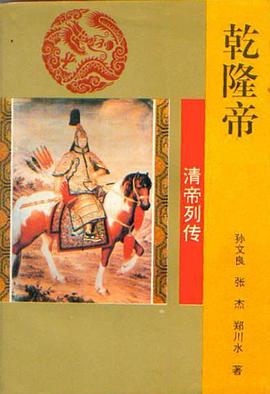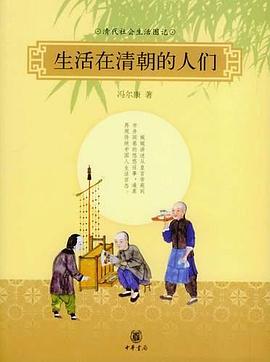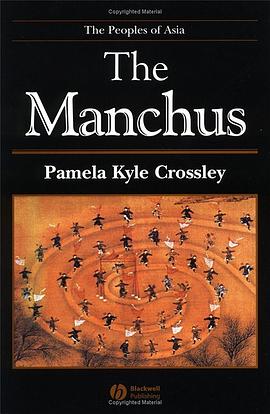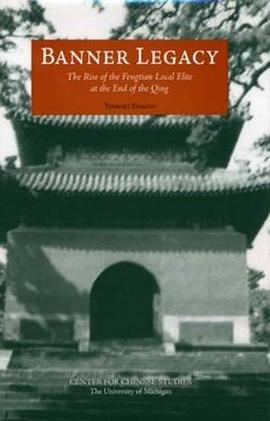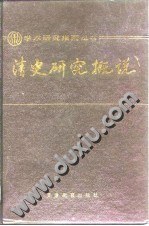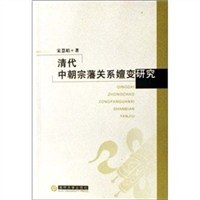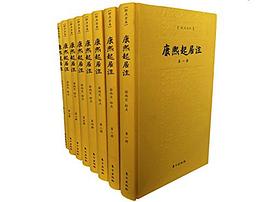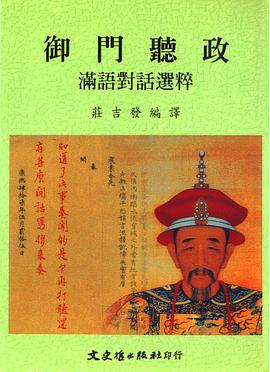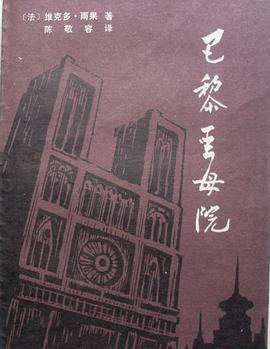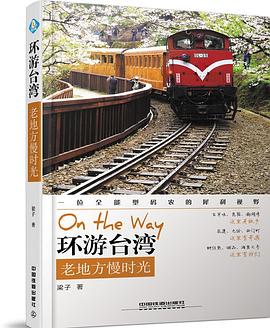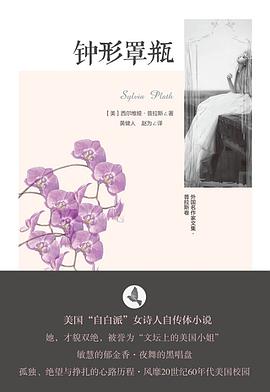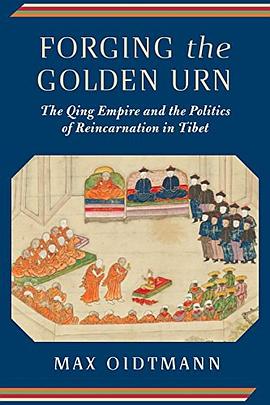
Forging the Golden Urn pdf epub mobi txt 电子书 下载 2025
- 新清史
- 清史
- 欧麦高
- 西藏
- 历史
- 宗教
- 海外中国研究
- 古代史
- 黄金容器
- 文化传承
- 历史探索
- 民族认同
- 宗教信仰
- 哲学思考
- 丝绸之路
- 藏传佛教
- 身份建构
- 精神象征

具体描述
n 1995, the People’s Republic of China resurrected a Qing-era law mandating that the reincarnations of prominent Tibetan Buddhist monks be identified by drawing lots from a golden urn. The Chinese Communist Party hoped to limit the ability of the Dalai Lama and the Tibetan government-in-exile to independently identify reincarnations. In so doing, they elevated a long-forgotten ceremony into a controversial symbol of Chinese sovereignty in Tibet.
In Forging the Golden Urn, Max Oidtmann ventures into the polyglot world of the Qing empire in search of the origins of the golden urn tradition. He seeks to understand the relationship between the Qing state and its most powerful partner in Inner Asia—the Geluk school of Tibetan Buddhism. Why did the Qianlong emperor invent the golden urn lottery in 1792? What ability did the Qing state have to alter Tibetan religious and political traditions? What did this law mean to Qing rulers, their advisors, and Tibetan Buddhists? Working with both the Manchu-language archives of the empire’s colonial bureaucracy and the chronicles of Tibetan elites, Oidtmann traces how a Chinese bureaucratic technology—a lottery for assigning administrative posts—was exported to the Tibetan and Mongolian regions of the Qing empire and transformed into a ritual for identifying and authenticating reincarnations. Forging the Golden Urn sheds new light on how the empire’s frontier officers grappled with matters of sovereignty, faith, and law and reveals the role that Tibetan elites played in the production of new religious traditions in the context of Qing rule.
作者简介
Max Oidtmann is assistant professor of Asian history at Georgetown University Qatar.
目录信息
Abbreviations
Introduction
Act I: The Royal Regulations
Act II: Shamanic Colonialism
Act III: Amdowas Speaking in Code
Conclusion: Paradoxes of the Urn and the Limits of Empire
Chronology of Key Events
List of Usages of the Golden Urn Ritual
Tibetan Orthographic Equivalents
Translation of the Qianlong Emperor’s Discourse on Lamas
Notes
Bibliography
Index
· · · · · · (收起)
读后感
评分
评分
评分
评分
用户评价
作者從藏地、蒙古社会各阶层力量与传统惯例的角度,重新制造了一种关于清廷塑造藏地正统秩序的分析范式。在作者看来,继承明代中原政权关于西藏活佛转世掣签法的清廷,自始至终对待西藏有种确立地方正统秩序的意愿。这种地方正统秩序是多方力量妥协的结果,在这种正统秩序中,金瓶掣签不仅仅是一种宗教仪轨,而是法规定制。并且在宗教精英的努力下,通过佛教话语建构了一套将金瓶掣签合法化的神权理论。不过清廷与藏地精英对金瓶掣签的解释权有着较为激烈的竞争,藏地精英通过藏文书写重塑了关于活佛转世的具体过程,试图建构一套由藏地精英垄断的金瓶掣签的话语规范。而清廷通过政治控制(驻藏大臣制度)与军事驻扎,将掣签结果的合法性牢牢把握在中央手中。在这种互动中,黄教通过对清廷治边政策的容受与转化,成长为藏地最大的宗教势力。
评分清代的金瓶掣签史而已。
评分清代的金瓶掣签史而已。
评分作者從藏地、蒙古社会各阶层力量与传统惯例的角度,重新制造了一种关于清廷塑造藏地正统秩序的分析范式。在作者看来,继承明代中原政权关于西藏活佛转世掣签法的清廷,自始至终对待西藏有种确立地方正统秩序的意愿。这种地方正统秩序是多方力量妥协的结果,在这种正统秩序中,金瓶掣签不仅仅是一种宗教仪轨,而是法规定制。并且在宗教精英的努力下,通过佛教话语建构了一套将金瓶掣签合法化的神权理论。不过清廷与藏地精英对金瓶掣签的解释权有着较为激烈的竞争,藏地精英通过藏文书写重塑了关于活佛转世的具体过程,试图建构一套由藏地精英垄断的金瓶掣签的话语规范。而清廷通过政治控制(驻藏大臣制度)与军事驻扎,将掣签结果的合法性牢牢把握在中央手中。在这种互动中,黄教通过对清廷治边政策的容受与转化,成长为藏地最大的宗教势力。
评分作者從藏地、蒙古社会各阶层力量与传统惯例的角度,重新制造了一种关于清廷塑造藏地正统秩序的分析范式。在作者看来,继承明代中原政权关于西藏活佛转世掣签法的清廷,自始至终对待西藏有种确立地方正统秩序的意愿。这种地方正统秩序是多方力量妥协的结果,在这种正统秩序中,金瓶掣签不仅仅是一种宗教仪轨,而是法规定制。并且在宗教精英的努力下,通过佛教话语建构了一套将金瓶掣签合法化的神权理论。不过清廷与藏地精英对金瓶掣签的解释权有着较为激烈的竞争,藏地精英通过藏文书写重塑了关于活佛转世的具体过程,试图建构一套由藏地精英垄断的金瓶掣签的话语规范。而清廷通过政治控制(驻藏大臣制度)与军事驻扎,将掣签结果的合法性牢牢把握在中央手中。在这种互动中,黄教通过对清廷治边政策的容受与转化,成长为藏地最大的宗教势力。
相关图书
本站所有内容均为互联网搜索引擎提供的公开搜索信息,本站不存储任何数据与内容,任何内容与数据均与本站无关,如有需要请联系相关搜索引擎包括但不限于百度,google,bing,sogou 等
© 2025 book.quotespace.org All Rights Reserved. 小美书屋 版权所有

